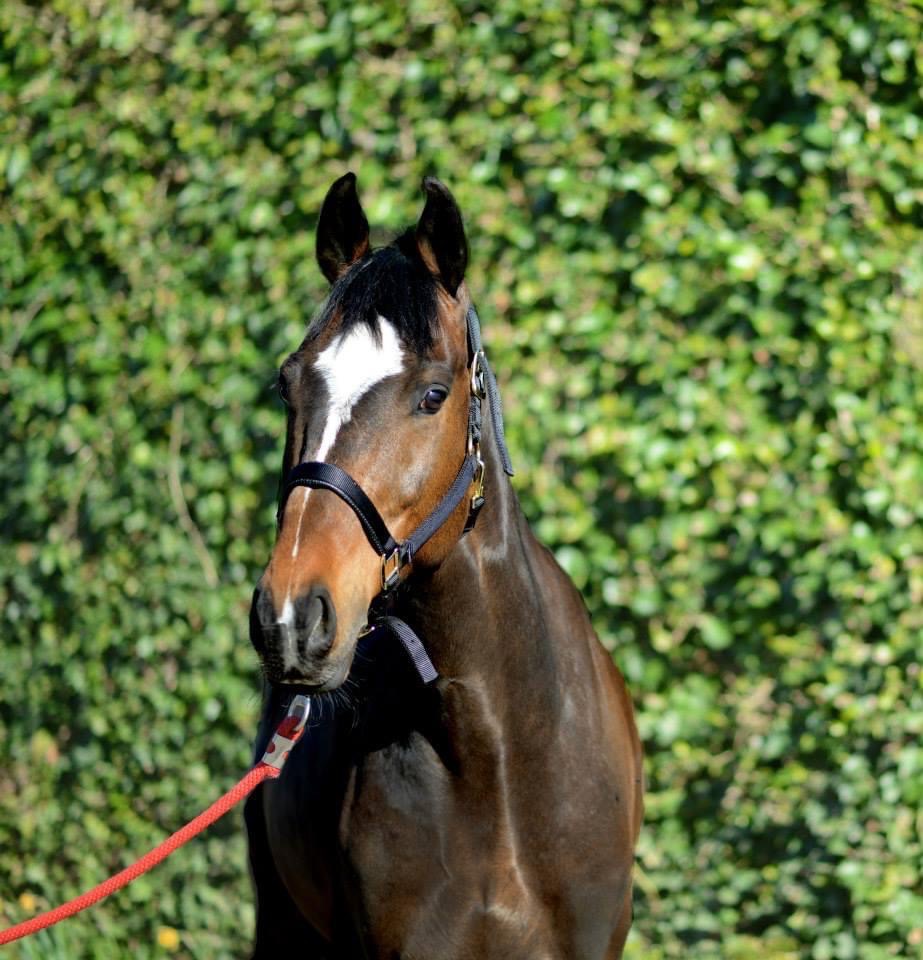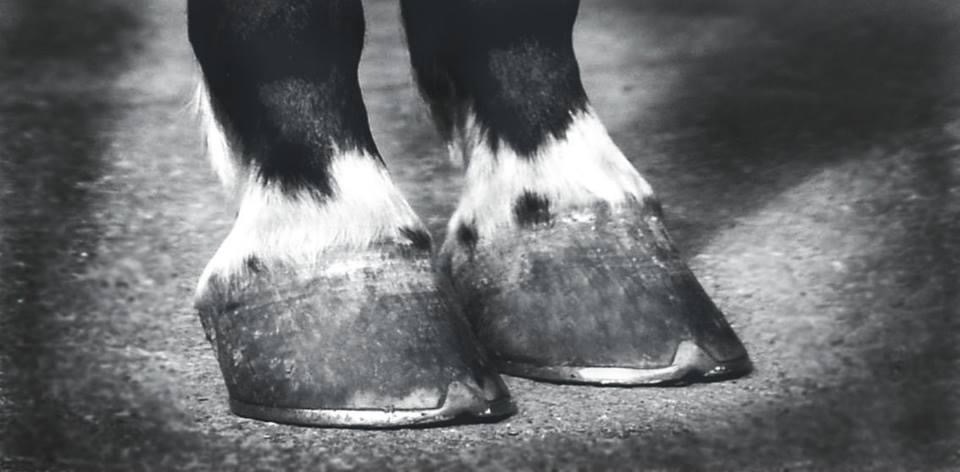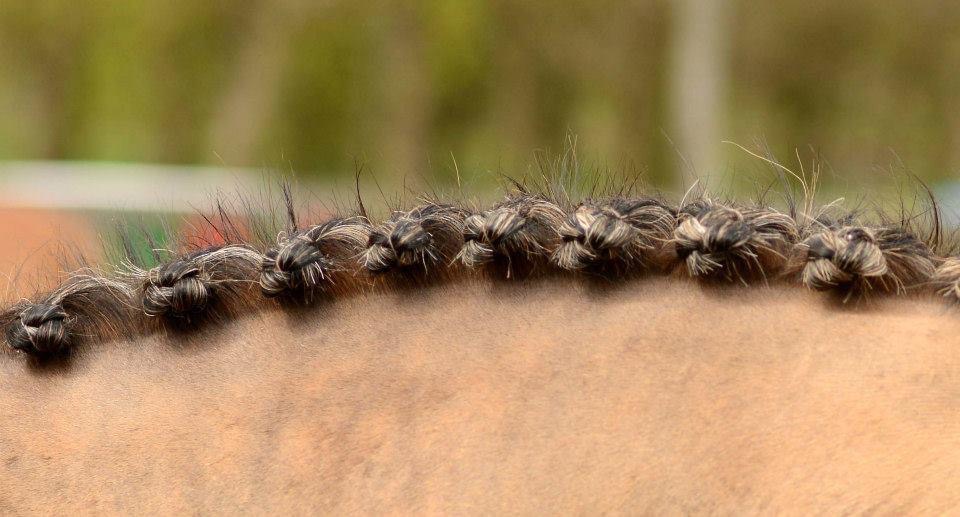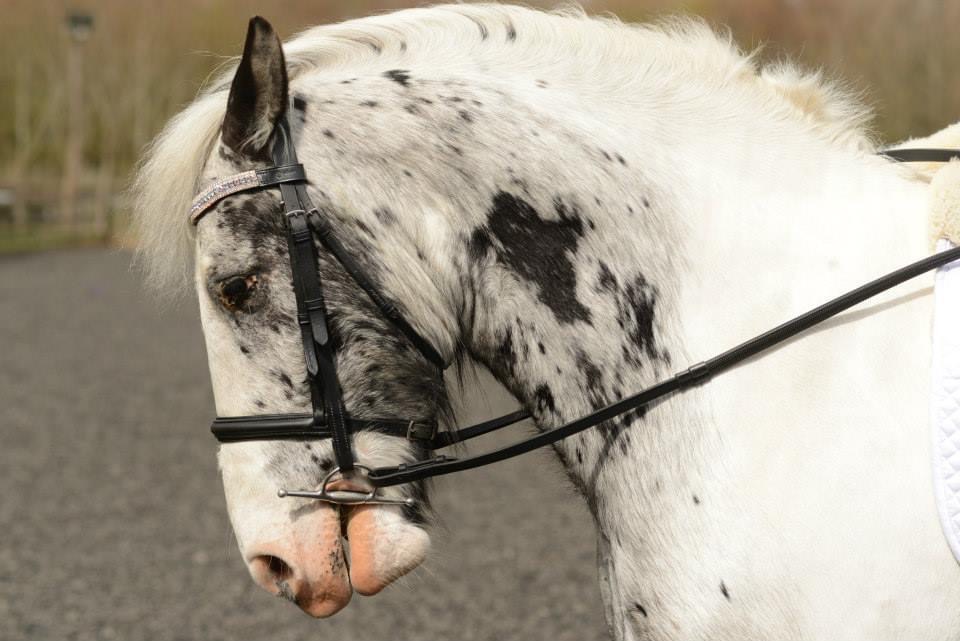
A fluffy pony standing in a field as you drive past is enough to grasp anyone’s attention. People may feel that equestrianism is a sport that only the rich can afford – but is this truly the case? The truth is, you could spend your life savings (and more) on owning a horse, but it does not have to break the bank. Considering the costs involved before committing to purchasing a horse is key to satisfaction with your choice. So, what are the costs involved?
Vet Fees
If you ask any horse owner their most significant financial concern, they will answer ‘vet bills’. Just when your savings have started to look like a week in the sun is affordable – your horse comes hobbling in from the field. You will find it difficult to deny your horse the expensive procedures advised by the vet. However, most vets can agree on monthly payment plans to make repaying the costs fit your budget.
Wormers and vaccinations
Other costs worth considering are wormers and vaccinations. Current guidance suggests treating your horse for worms every two months. New research suggests this should be carried out less regularly – a chat with your veterinarian will help identify the right plan for your horse. The maximum treatment for wormers for your horse should cost £16 every two months.
Horse owners usually choose to vaccinate their horses on a six-monthly or yearly basis. If you wish to compete in British Eventing, there is a requirement that your horse receives a booster every six months. Including a ‘call out’ veterinary fee, your vaccinations will likely cost around £70.
Dentistry
Horses also require dentistry work every six months. Your vet can do dentistry work and typically costs around £50. These financial considerations lead us nicely to the following cost that must be considered.
Total yearly costs = £186 upwards
Insurance
This cost is, in my book, a money-saving tool. At times it will feel that the monthly payment being sucked from your bank account is giving you no benefits – “is this really worth it?” you may ask yourself. The answer to this question is yes.
No one enjoys standing in the kitchen with their jaw hanging wide open whilst trying to make sense of the latest vet bill their horse had gained when they decided it may be fun to try rolling down the hill (spoiler alert: it certainly is not!). However, since you have read this article, you will have an insurance company to call, and their jaw can hang wide instead!

Farrier
Horses must be seen by a farrier every six weeks. You can leave your horse barefoot or put shoes on your horse. Some horses require shoes as they bruise on their feet whilst being ridden. The cost of shoes is £50 for all four feet to as little as £30 for their feet to be trimmed.
Total six weekly costs £30 upwards

Protective Equipment
Helmet
It is imperative that you wear a helmet whilst riding a horse. Helmets vary in cost depending on their style and safety rating. An excellent example of a helmet safe enough to be used whilst competing in British Showjumping, British Eventing and British Dressage is a Champion helmet which costs around £80. Some helmets cost £600; your choice of a helmet depends on your budget.
Boots and back protector
Suitable riding boots can be bought for £55, and back protectors start at around £50. Luckily, many of these items will not need to be replaced for some time after being purchased.
Total cost £185 upwards
Livery
DIY
Livery is where your costs can vary greatly depending on the area you live in and the livery package you choose. The cheapest option for livery is ‘Do It Yourself’ (DIY), coming in at around £80 to £120 a month. This is the most affordable option, but it leaves you a great deal of responsibility.
Imagine this – you are sitting in your office, and the rain is pouring. Your partner has texted you to say a lasagna is in the oven, and the fire is warming your slippers (side note – if your partner is texting this, great choice on partner!). Reality hits just as you close your eyes to imagine the smell of the bubbling lasagna; your horse is standing in a field with a rug so wet it is dripping through to his skin; his bed needs cleaning, and he is hungry.
Instead of driving home, you hurry from work to do all these jobs for him. You leave, glad he is warm and in bed, but you also have straw in your hair, are soaked through, the Lasagna is cold, and the fire has burned out! I am not selling this, am I?
Full livery
Thankfully, this can be avoided by choosing Full Livery, which costs around £350-£550 a month. Your choice regarding livery depends on your budget and the time you have to commit to a horse. Many people find it challenging to find time to care for their horses and work full-time.
Total monthly costs £80 – £550
Feed, hay and bedding
Feed, bedding and hay costs are usually included in full livery. This is another cost you must consider if you choose to go down the DIY route. A horse with a large enough paddock will have low feed and hay costs.
During the winter or in a stable, the horse will need to be given hay. Each hay bale costs around £35 (in Scotland), and your horse will eat one or two every month (depending upon the breed and size of the horse).
Feeding
Feeding your horse, on average, will cost around £40 a month. Using straw for bedding is usually the cheapest option. Straw costs around £30 a bale; if used sensibly, three bales could get you through the winter.
Total monthly cost £105 upwards
Grooming supplies
Grooming supplies can be kept clean and bought less frequently. Starter kits begin at £15. Many horse owners will regularly buy fly spray to allow the horse to be comfortable outside. The cost of this starts at £9 a bottle and can be used for several months before it runs out.
Total cost £24 upwards

Purchase of the horse
So, you have considered the costs, and now it is time to buy a horse – how exciting! You might have seen a beautiful four-year-old thoroughbred recently retired from racing. You think you have hit the jackpot as she is only £500. If you have been riding for twenty years and have personally progressed young horses, maybe you have!
Given you are reading this article, you may be new to this. The horse described may not be the right fit for you as she would need to be retrained. The cost of this can become astronomical.
Instead, invest wisely in a calm horse that has previously taught other people to ride—costing you around £2,500 – £10,000 depending on breed, age, experience and nature. Investing in a horse with such a nature will give you the best chance of being safe and content with your new horse.
5-stage vetting
Insurance companies often require the horse to have a 5-stage vetting carried out on it before insuring the horse. Furthermore, it is strongly advised you have this vetting carried out before you buy the horse. Horses are not machines and can have health problems. Above all, understanding any health problems is vitally important before you commit to purchasing the horse. Vetting a horse will cost around £75 to £250.
Total cost £575 upwards

It is clear that there are many costs involved in owning a horse, and it is wise to consider these costs before becoming responsible for any animal.
Nevertheless, horses are massively rewarding. Many benefits are linked to interacting with horses, such as staying active, companionship and improving mental state.
If you feel that the costs are too high, contemplate going to a local trekking centre to ride their horses and understand the sport’s suitability in your case. For many budgets, choices can be made to create an affordable horse ownership plan.


















